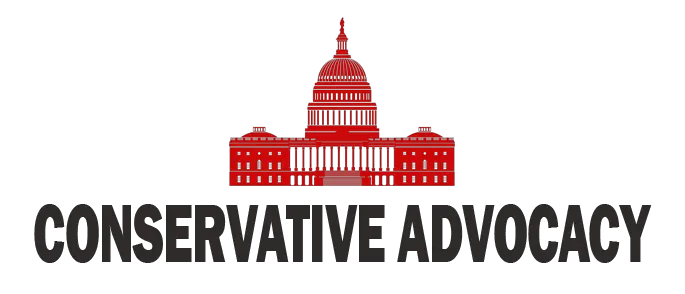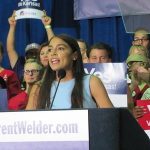President Trump’s recent signing of an executive order to impose reciprocal tariffs is what America has been waiting for. After years of foreign trading partners reaping the benefits of this nation’s open markets while slapping hefty taxes on American goods, it’s about time the country returned the favor. No longer will allies and adversaries received preferential treatment while American businesses struggle against taxes as high as a Canadian moose’s antlers.
This new directive will affect a range of trading partners, from Japan and India to the E.U. and the U.K. A memo tells Trump’s team to assess tariffs based on what these countries are charging for U.S. imports, alongside any subsidies or unfair practices that might exist. Essentially, if they want to play in America’s sandbox, they better start building some sandcastles of their own. It’s plain common sense; if the U.S. is footing the bill without so much as a “thank you,” it’s high time to rethink the terms of engagement.
Trump has made it clear that this strategy should’ve been employed ages ago. It’s as if for the last few decades, the nation has been showing up to a knife fight unarmed while others came fully loaded. Although the memo lays out plans without specific tariffs just yet, it paves the way for a bonanza of trade-saving measures. Expect Trump to whip out these tariffs, much like a cowboy draws his Colt at high noon, to defend American interests and jobs while sending industries scurrying to avoid the costs.
The timing of this announcement couldn’t have been better, coming just hours before Prime Minister Modi of India arrived at the White House. While India charges exorbitant tariffs on American goods, Trump was ready to tackle that very issue during their meetings. And let’s not forget about the E.U.’s 20% value-added tax; if that isn’t a tax on friendly terms, what is? Trump’s message to Canada was equally entertaining—the country might be better off if they just joined the U.S., becoming the 51st state in one fell swoop.
Trump orders reciprocal tariffs poised to hit EU and many other trading partnershttps://t.co/IeyBlNVgev pic.twitter.com/SIKhlkGbUC
— The Washington Times (@WashTimes) February 14, 2025
However, the critics are emerging from the woodwork, suggesting that tariffs could push prices up for consumers. The naysayers seem to forget that the goal of this entire exercise is to bring manufacturing jobs back to America and stimulate the economy. The president reassures that while prices might rise in the short-term (hey, there’s a cost to reform), the long-term effects will be a total bonanza for the American economy. Trump has had CEOs singing his praises, applauding the move as a way to keep jobs on American soil.
Trump’s initiation of reciprocal tariffs isn’t just an economic move; it’s a sort of patriotic America-first mission. The strategy comes following a flurry of trade actions, including a 25% tariff on steel and aluminum, and the looming threat of a similar levy on Mexico and Canada if they don’t play ball with his immigration and drug enforcement requests. China isn’t off the hook either—45% tariffs are looming on certain products, which Beijing has tried to retaliate against, but it’s clear that the U.S. is not backing down.
In conclusion, this executive order reflects a significant shift towards treating all nations with the same brush, leveling the playing field for American businesses. It’s not just about tariffs; it’s about fairness and keeping American jobs alive. If other countries can’t handle the heat, they should stay out of the kitchen.




